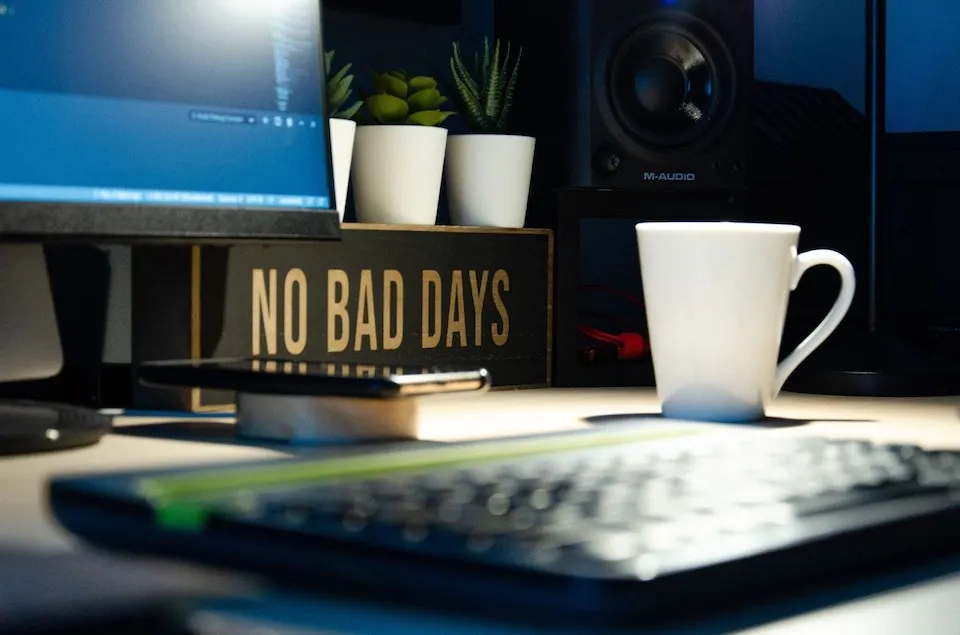
Feeling unproductive at the workplace is a feeling most software developers can relate to. The most obvious reason behind it is no doubt feeling tired and drained of energy after completing a huge set of tasks.
A project can involve an overwhelming amount of information and choices and sometimes doing the same set of tasks over and over. Sooner or later, fatigue starts to set in.
Sometimes, feeling unproductive is fine, but what happens when it becomes a regular habit? Being unproductive in the long term will destroy your progress drastically. The disadvantages are many.
You will miss out on the incredible opportunities which you deserve. You will start delaying your tasks, and sometimes that can extract a high cost on the project you are working on.
Needless to say, not being productive in the long run can have devastating consequences for your career.
These reasons are why, in this article, we'll be looking at five ways software developers can boost their productivity.
1. Use Low-Code Platforms
Low-code is an approach to software development that relies very little on traditional hand-coding; instead, it depends on visual interfaces that incorporate simple logic along with drag-and-drop features.
Low-code platforms are fantastic for boosting productivity as they allow developers to build applications faster without needing extensive knowledge of programming languages.
Speed is the most significant benefit of using low-code platforms as it can speed up the development process ten times the rate of traditional coding approaches. Pre-built user interfaces and easy-to-implement APIs ensure a short learning curve.
For example, Filestack is a low-code content API platform that can help dramatically speed up development, especially if you're building content processing applications.
It allows easy management of content workflows by simplifying development through an easy-to-use low-code UI. As a result, they no longer need to waste time writing line-by-line code.
Moreover, additional features and functionality need not hinge on a cost-benefit analysis. Filestack's advanced functionality contains many nice-to-haves that you wouldn't usually have time to write --- just point, click, drag, and drop them into your workflow.
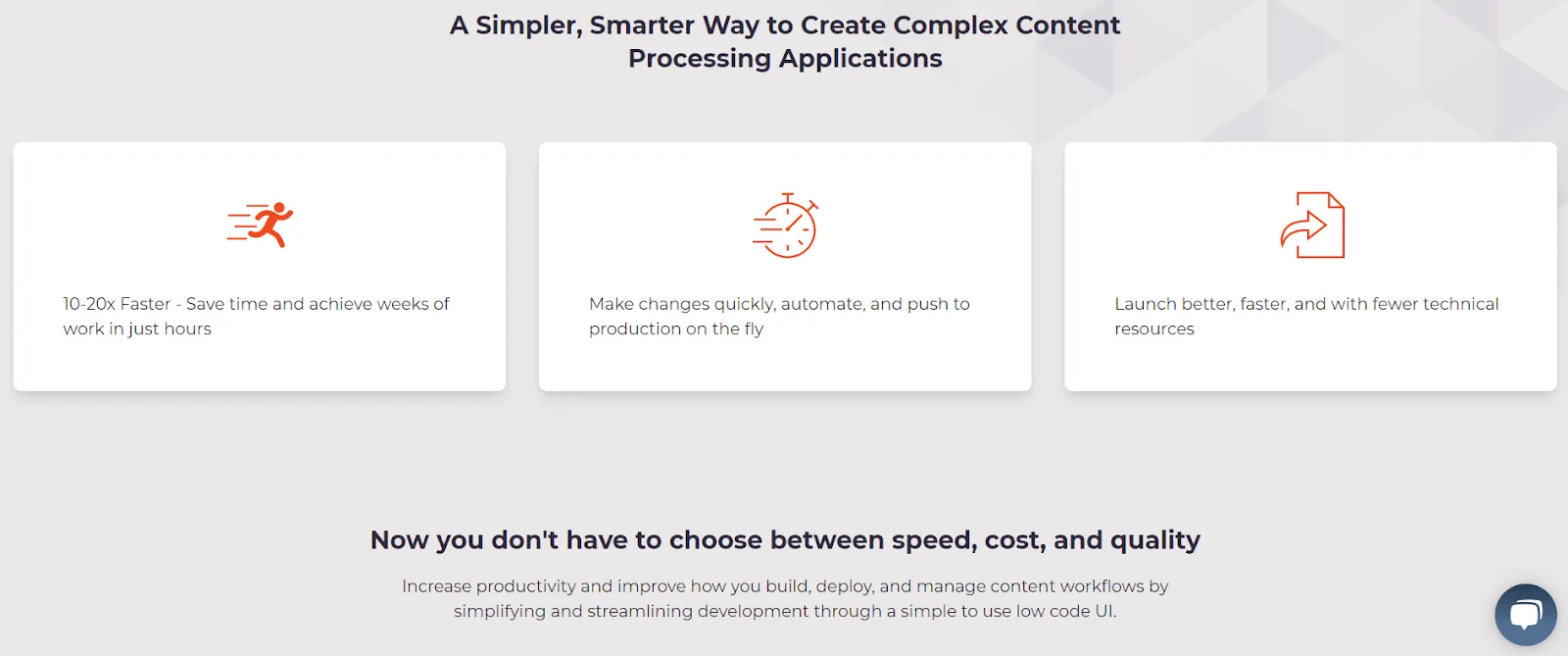
For developers, this is a massive boon as fast, and visual low-code development means they can swiftly design and deploy complicated programming that stands out while growing with the changing needs of the business.
2. Use Parkinson's law
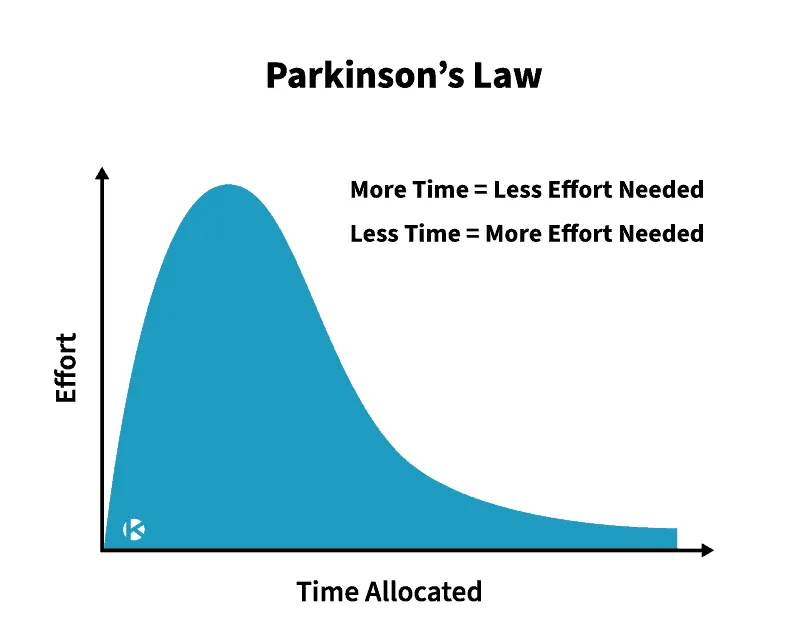
Parkinson's law states that if you are given one week to complete a task, you will complete it in one week. But if you are given one day to finish the same task, you will complete it in one day.
You can set justifiable deadlines in your mind for a task and try to complete the tasks before the deadline. If you are given a week to complete a task, try to complete it in 4 to 5 days.
With this, either you will complete 100% of your task or at least around 80% of it, and then you can complete the rest 20% in the remaining days.
This law is used heavily by prominent entrepreneurs, and it works most of the time if you set reasonable deadlines and do not delay your tasks.
Completing your tasks before the deadline will make you highly productive, and being consistent will help you grow in different aspects of your life.
3. Use Faster File Handling Solutions
Suppose your app relies on file uploads (images, videos, files, audio recordings, etc.). In that case, it's safe to say that relying on a faster and integrative file upload solution is going to simultaneously improve the end-user experience and boost your development productivity.
While this may sound like a trivial issue, the fact of the matter is that uploading files over the internet is not child's play.
There are considerable challenges involved in developing a solution that works across different file types and for all file sizes. Not to mention there may be failures in the upload and security risks.
Every failure means that the file needs to be re-uploaded. So a developer will have to keep all these things in mind, which can be a huge hassle.
Now, with a file upload solution that offers developers easy optimization across different file types and simple integration, you wouldn't have to spend so much time racking your brains to develop solutions for various file upload scenarios. For example, Filestack allows you to connect to multiple services with one simple integration.
Never again will you need to worry about updating API integrations as for every other API change, the Filestack team updates its services. More, with a single stable and highly secure API, Filestack can incorporate photos, videos, and files from 20+ sources into your app, and there's no need to keep track of each service's integration. An ability to dynamically adjust to changing network conditions ensures a 99.99% success rate with file uploads.
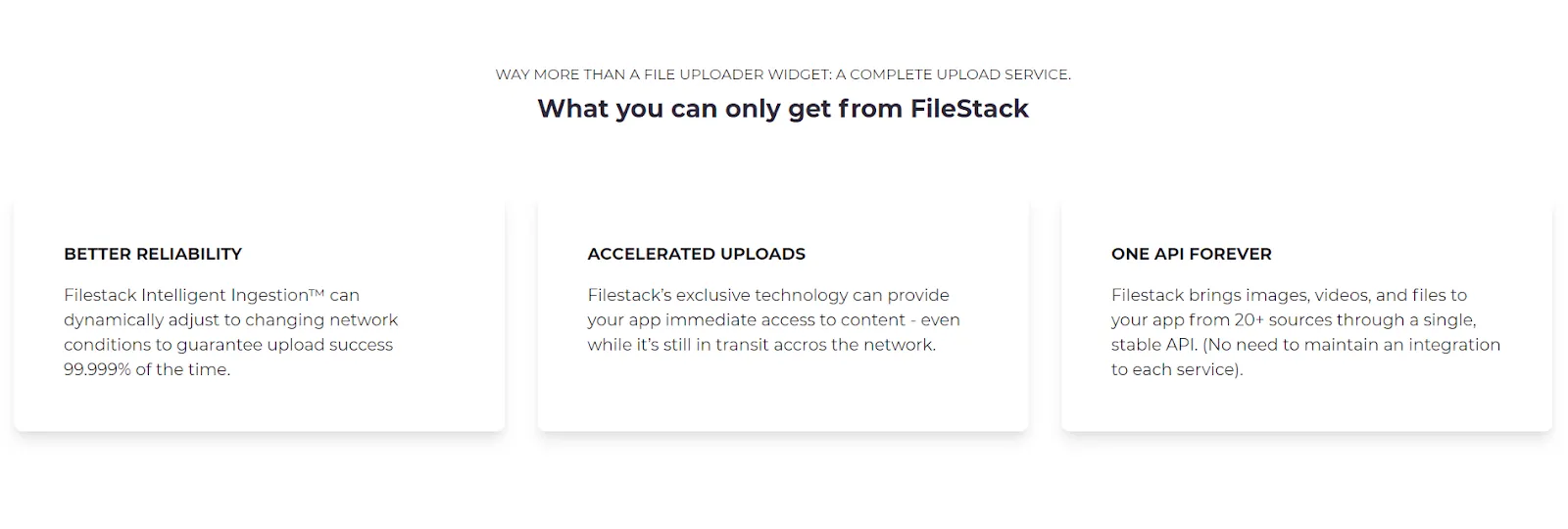
Again, if your app needs to incorporate a file upload feature, relying on the right file upload solution can significantly boost productivity, improve end-user experience, and save developers a lot of hassle.
4. Create a Workflow Diagram
A workflow can be described as a series of consecutive steps that the developer must complete one after the other. Workflows are indispensable for working on projects because they allow you to categorize tasks as a developer and prioritize high-priority tasks by the overall project.
Designing an exemplary workflow diagram has a significant number of benefits, especially when working in a team.
They help maintain synchronicity among team members, identify deficiencies, help cut costs through standardization of the process (and thus get work done faster), improves communication among team members, and helps identify those processes which can be automated (so that you can focus on those other processes that need a hands-on approach).
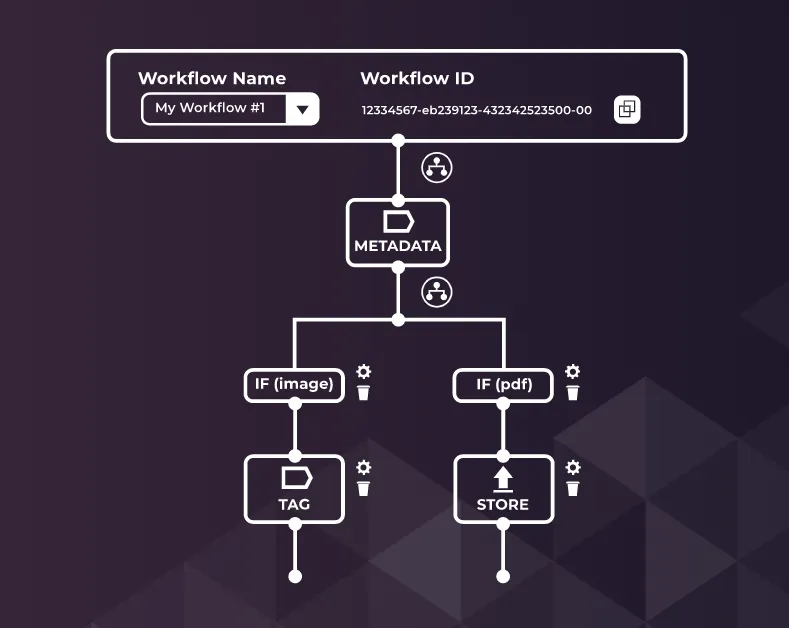
A simple UI that would allow us to organize and streamline all our tasks (and automate the ones which don't require our involvement) would be immensely beneficial in boosting productivity. For example, let's consider a project where users upload a picture in our app. Once the user selects the picture, it may need to go through various checks before the upload is finally approved--such as copyright checks, checks for safety and rules violations, checks for the proper resolution, cropping and image rotation, etc. If it's an app that allows file uploads in general, you may even need to check for viruses.
With Filestack, you don't need to worry about these issues. Instead, you can easily create a workflow document that's streamlined enough to offer you a very easy-to-manage process.
Moreover, in the case of potential viruses, you can automate the scan with Filestack without requiring prior coding. Every assignment or task can be scanned for viruses and quarantined until further review and alert the sender.
To mention another use-case, with a dating app, for example, you can easily use Filestack's simple UI to scan for and exclude explicit content in images. Filestack scans every image on upload, and you can easily set rules for handling images that violate your website guidelines.
So, to reiterate, create a workflow diagram to prioritize and track your tasks, improve team communication and automate the tasks that don't require hands-on coding.
5. Use the Pomodoro Technique

The Pomodoro Technique is a very efficient time blocking technique in which you take breaks after certain time intervals. Whenever you decide to complete a task, you need to set a timer for 20 to 25 minutes. Make sure to give your best and 100% during those 20 to 25 minutes.
Once you are done working for 20 to 25 minutes with deep concentration, take a 5 minutes break. This is called the Pomodoro system. After a 5 minutes break, you need to repeat the cycle until you finish the task.
You can also take a long break of 10--15 minutes after completing 4 to 5 Pomodoro cycles. And continue the next cycle after the long break.
This very effective time management method will help you concentrate deeply on your task for a particular amount of time and refill your energy in a short break between the two cycles.
Conclusion
Today's generation needs to be productive to keep growing in every aspect of life, and developers are no exception to this.
You can try the various techniques I've suggested here. I've tried to cover both generalized and hyper-specific tips.
Apart from what has been discussed, you can always rely on specific powerful collaboration tools to keep yourself connected with your teammates and motivated.
That's all for now, hope you have a fruitful and productive life ahead as a software developer.


